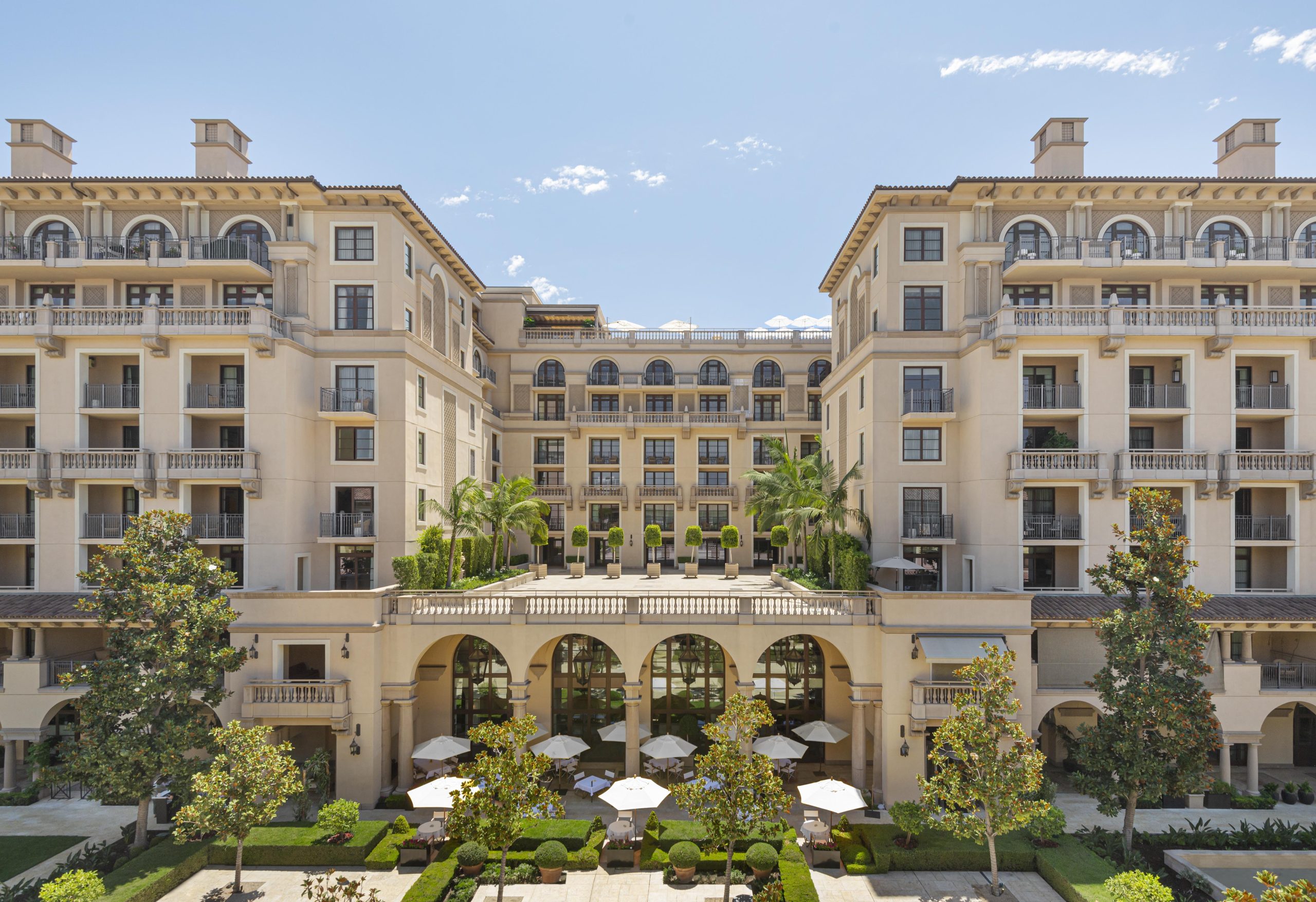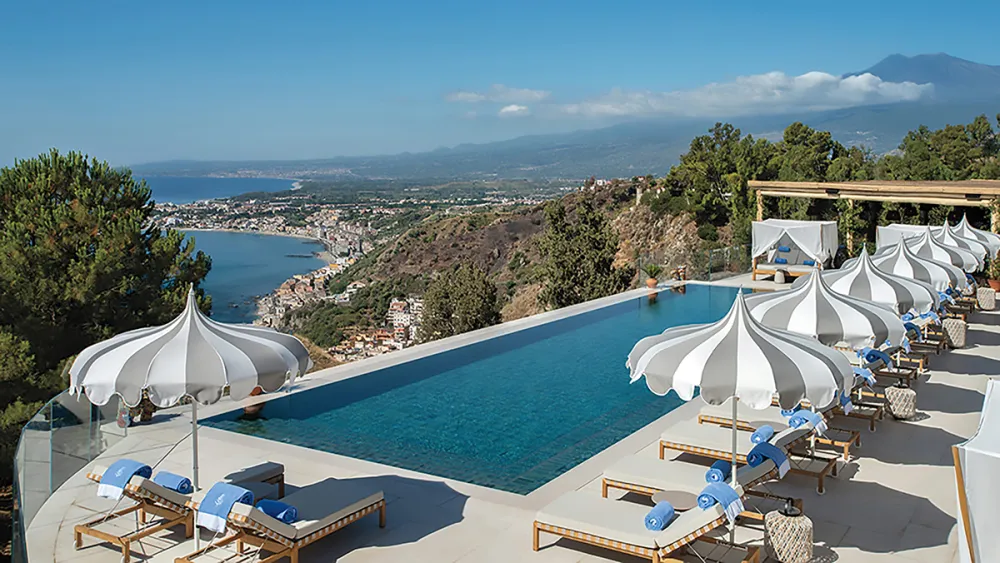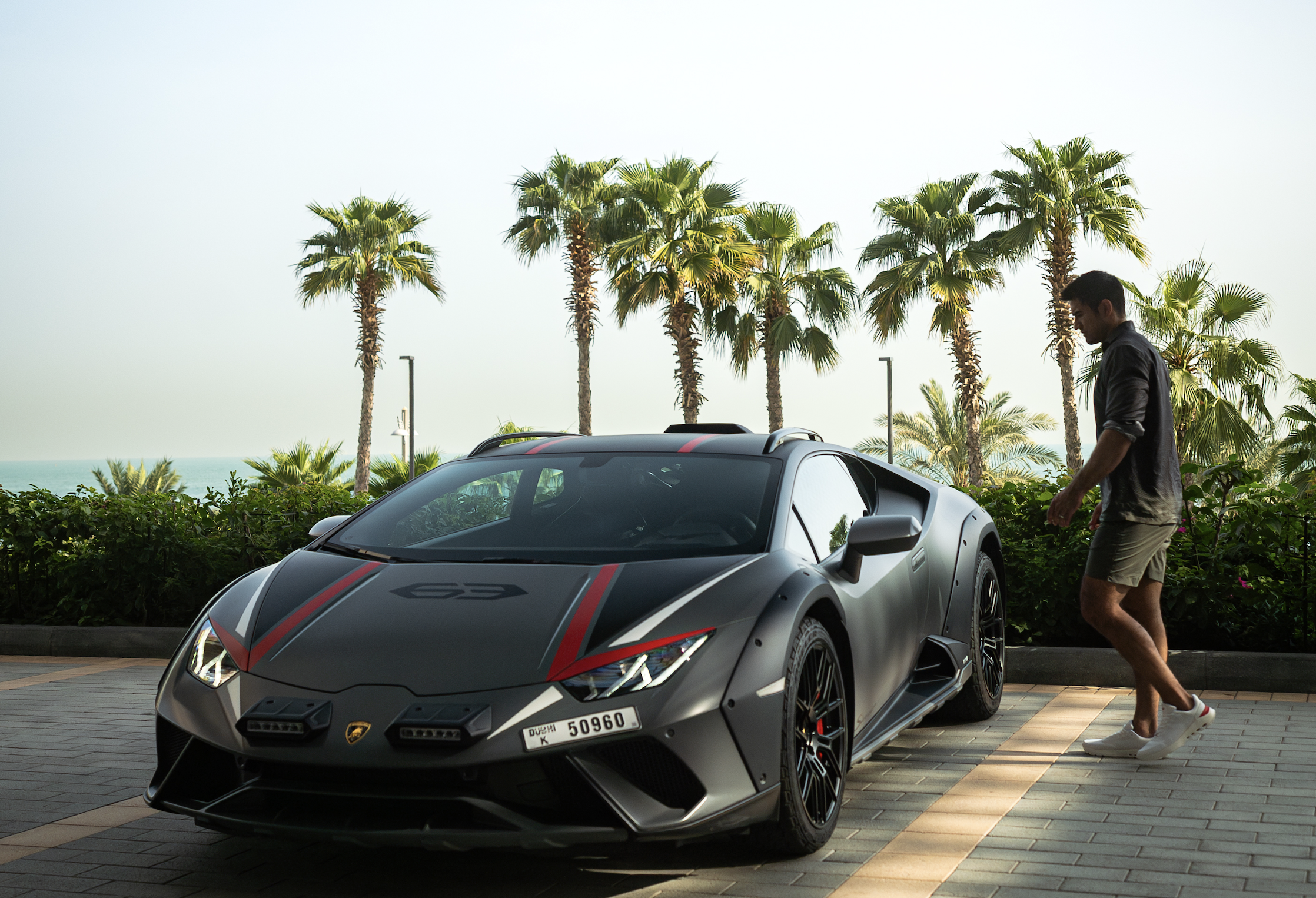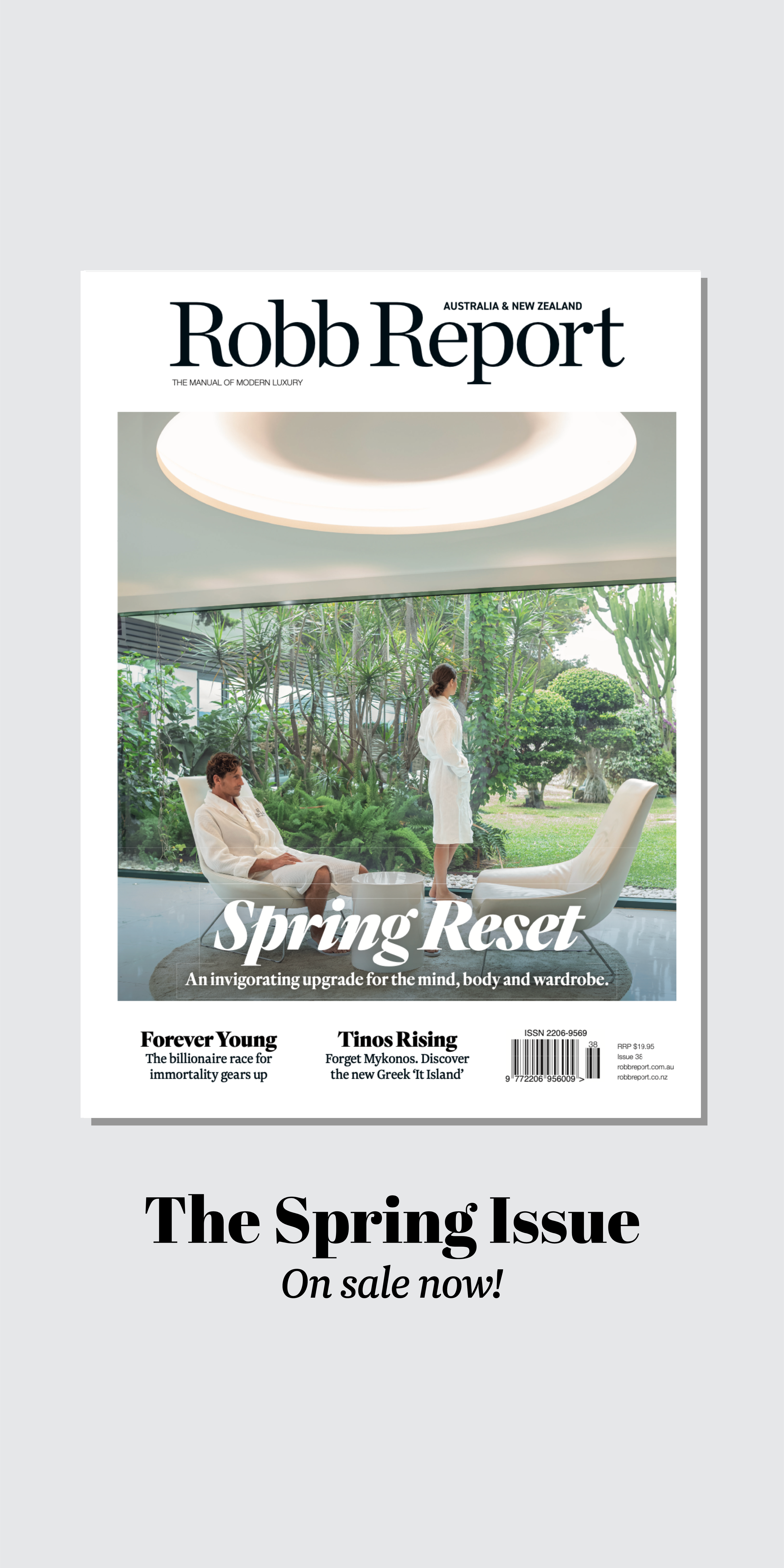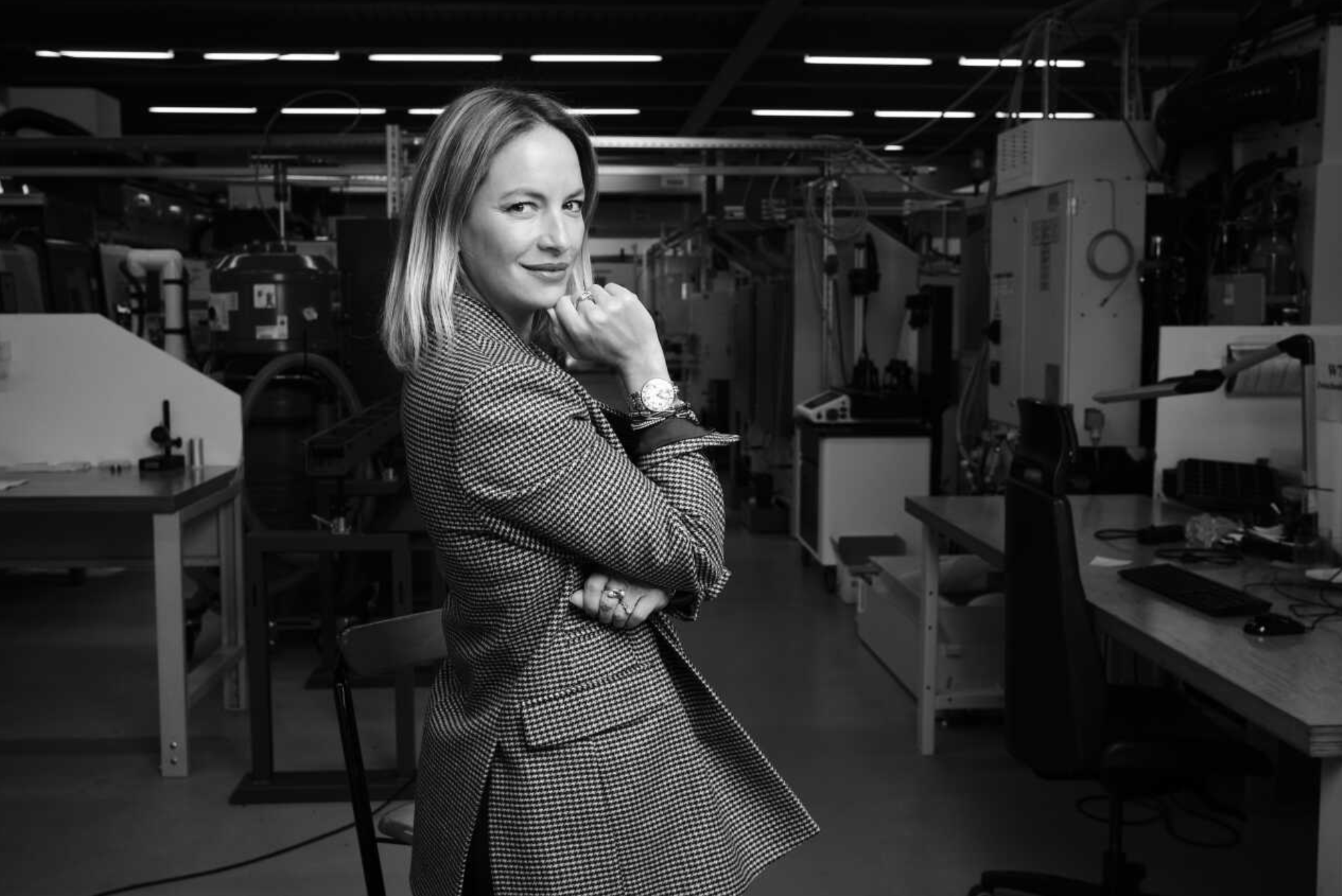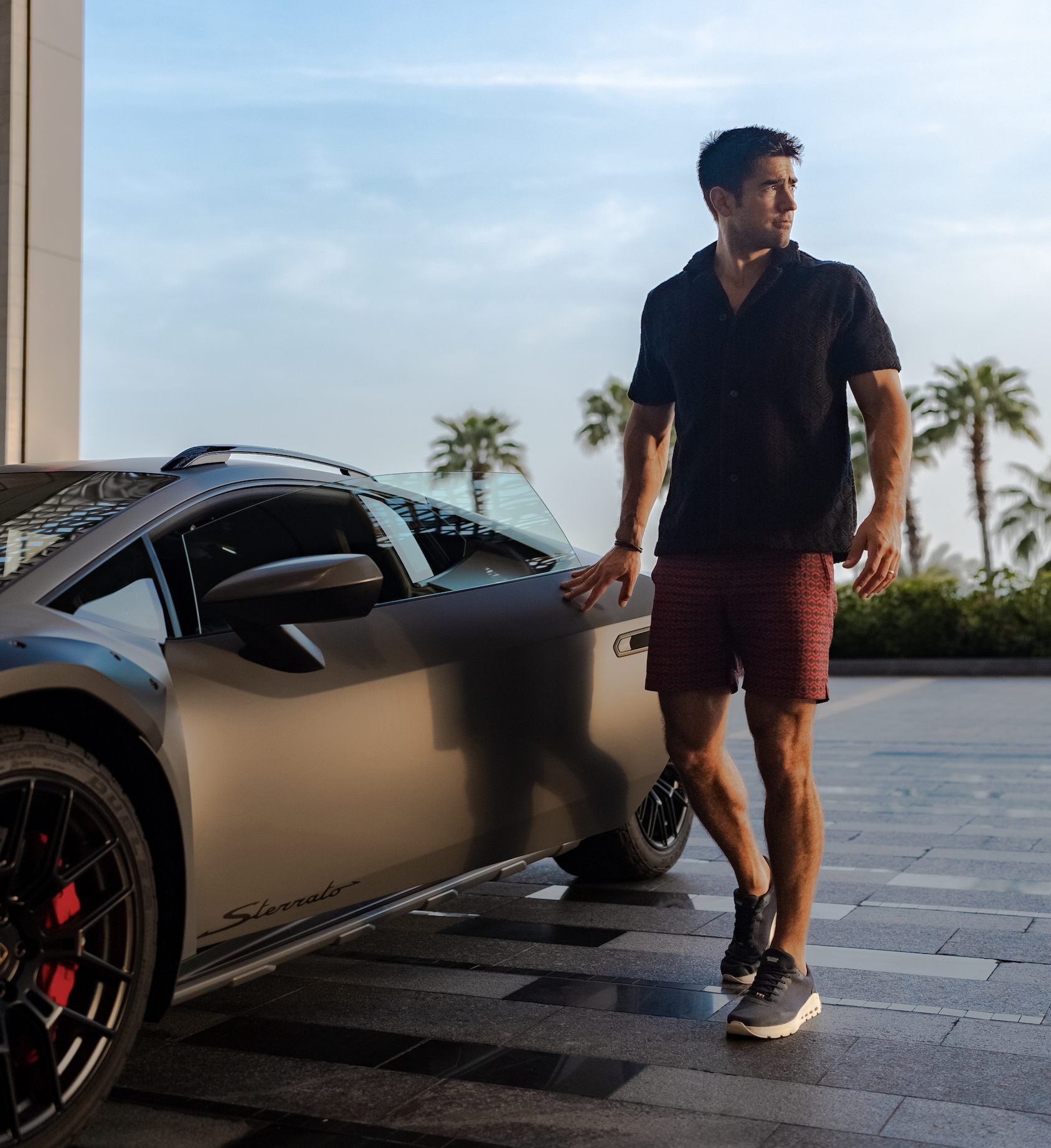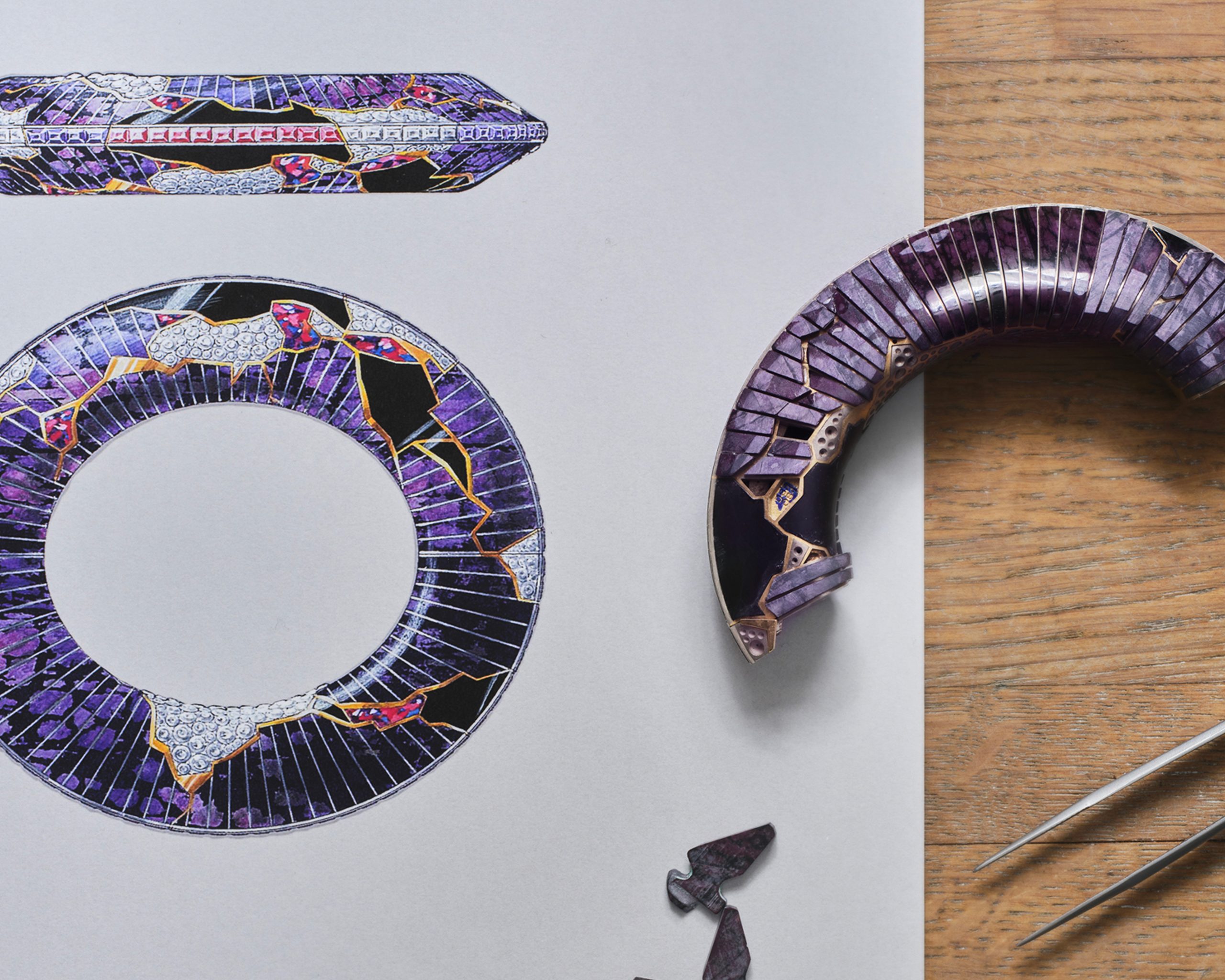
The Man Behind Aman
Meet Vladislav Doronin, who currently leads one of the most premium hotel brands in the world.
Related articles
It’s no small thing to work with Kengo Kuma. The architect has, among other things, recently designed Japan National Stadium, one of the main venues for the now delayed 2020 Summer Olympics. Vladislav Doronin commissioned him to design a skincare bottle. It might seem too insignificant to matter, but it speaks to the Aman chairman and CEO’s ability to wave his hand and suddenly be working with one of the biggest architects in the world, even for something as mundane as the packaging of a branded body mist. But for Doronin these details—from the bottle’s curved shape to its soft, vein-like patterns—are all important.
His go-to list of architects has taken time to grow—adding names since his days developing commercial and residential real estate in Moscow in the 1990s. “I had to convince the mayor and the city planners to let me bring in foreign architects,” he says. “It was a bit controversial. They didn’t want it. I told them, ‘I’m not going to build for the moment. We can learn from the western architects’ process.’ ”
Doronin’s introduction to Aman, the five-star-hotel chain that he would helm years later, happened even earlier, as a consumer, when he checked in to the very first Aman, the Amanpuri—its name translates to “place of peace” from Sanskrit—in Phuket, Thailand. He became infatuated.
Aman resorts distinguish themselves by their limited number of rooms—at Amanpuri, for example, there are only 40 villas, and it feels like even fewer—in remote, largely untouched locales. Service offerings are impeccable and indulgent; there’s now an Aman private jet that guests can charter at their leisure. The design aesthetic leans toward serene minimalism, and immersive wellness programs can be tailored to the individual. The brand’s devotees, or “Aman junkies”, stay exclusively at Aman locations for these reasons. Some even make it a goal to visit every single location—no small feat, as today there are 32 in 20 countries.
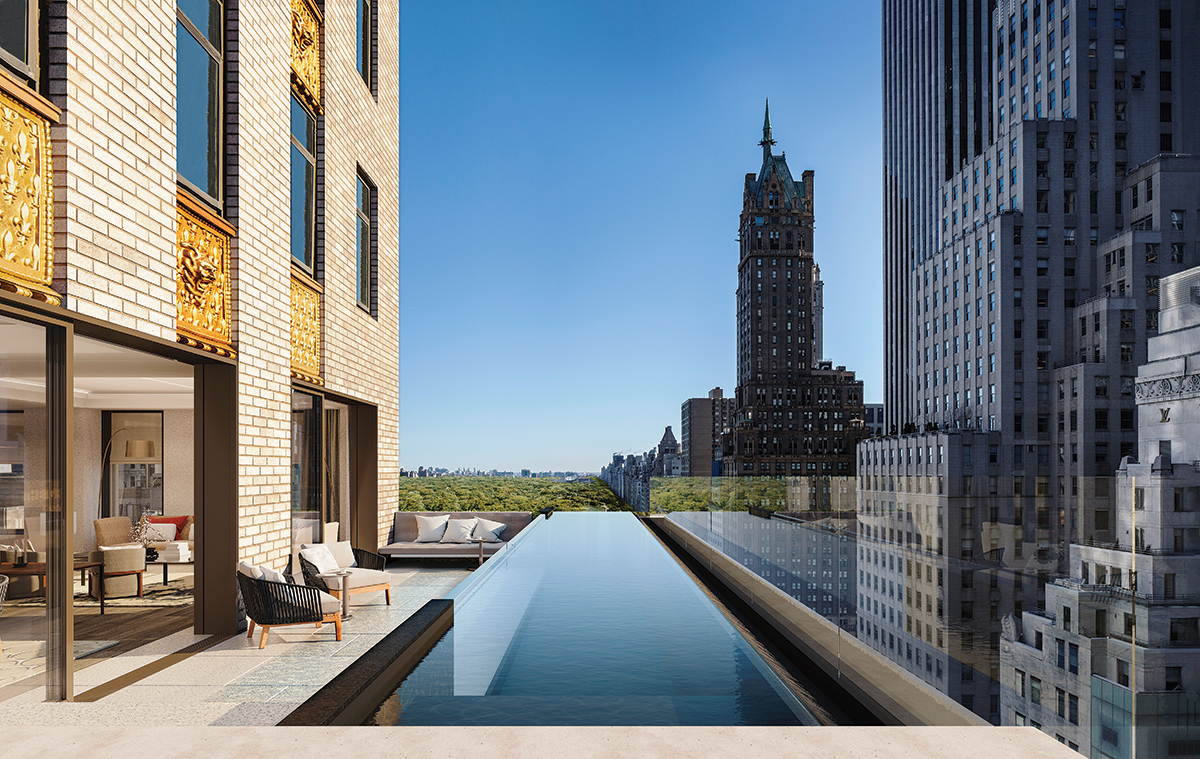
Doronin counted himself an Aman junkie from then on and made a concerted effort to stay at one, even if it meant travelling hours out of his way. But it wasn’t until many years later that he made a bid to acquire Aman. The time in between was spent working on Capital Group, his real-estate development firm, which oversaw the construction of more than 70 buildings and helped to create Moscow’s business district. Buying Aman would give Doronin the keys to a brand he personally revered and, perhaps even more importantly, help him expand his burgeoning real-estate portfolio into international markets. But a peaceful transfer of power it was not.
Doronin purchased Aman from its founder, Adrian Zecha, for approx. $470 million in 2014 as part of a joint venture with entrepreneur Omar Amanat. Boardroom disputes quickly broke out: Doronin accused Amanat of committing fraud when negotiating their partnership and forced him to sell his shares; Amanat claimed that Doronin illegally seized them. When Zecha subsequently stepped down—some reports say he was pushed—Doronin crowned himself CEO. That conclusion didn’t sit well with all parties involved, and it wasn’t until two years later that the high-profile lawsuit was settled. When asked about this contentious executive change, Doronin pauses—and you can almost hear the public-relations coaching in the background—then says, simply, “I am the chairman and CEO of Aman.”
Now, four years after the verdict, the smoke has largely cleared, but much has changed for Aman. (Zecha is off reimagining the ryokan concept in Japan as part of his new brand, Azumi, and Amanat was found guilty in 2017 of defrauding start-up investors.) Long-time collaborators have taken notice. “It’s mostly commercial and food and beverage changes,” says architect Jean-Michel Gathy, who has designed 12 resorts for the brand since 1989. “Adrian was a man who didn’t really believe in that. Vlad is the opposite. He wants to make money and be a bit more aggressive commercially. He believes in more rooms. The 20 or 30 that Adrian liked is not enough. He wants 40 or 50.”
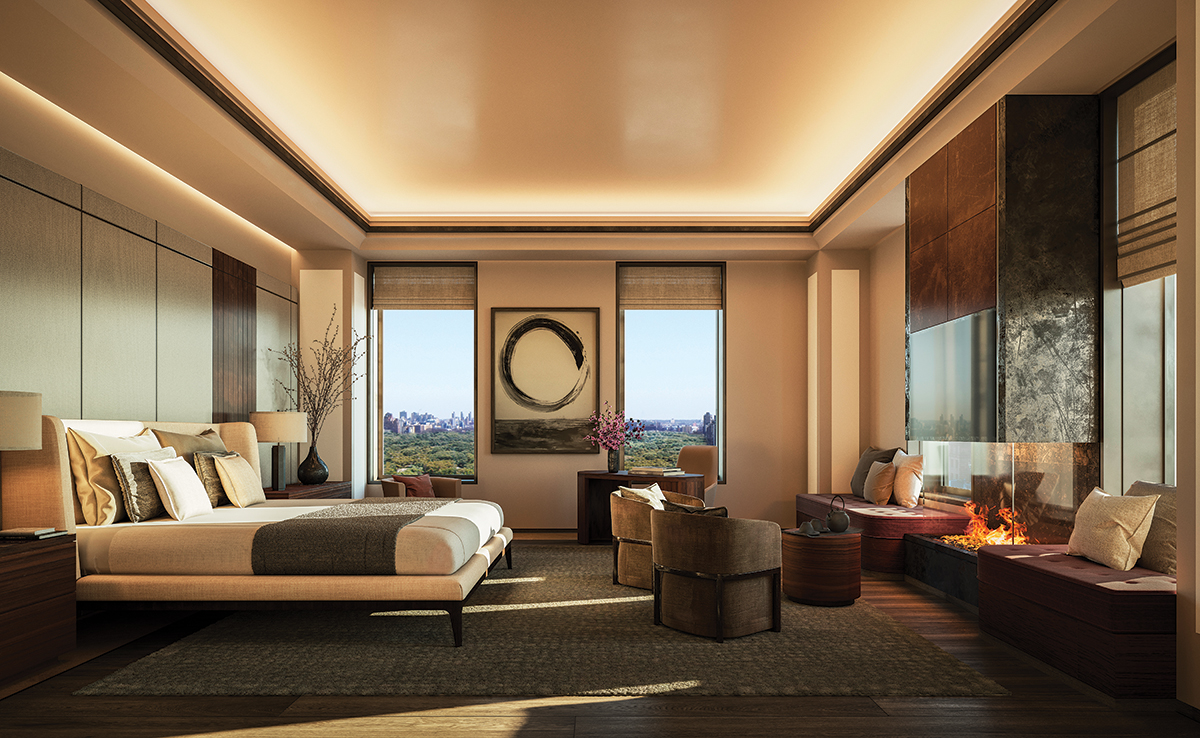
As proof, take Aman New York, which will open in autumn 2021. On paper, it seems like the antithesis to all that the typical Aman junkie values: instead of some far-flung outpost, it’s located smack in the middle of Manhattan; rather than 30 rooms, it has 83. Architecturally, it’s hardly the minimalist teak façade that the brand is commonly associated with. Doronin dropped approx. $624 million on floors four through 26 of the Crown Building, a 26-storey tower at 57th Street and Fifth Avenue that reeks of Gilded Age grandeur. Completed in 1921, it was designed by Warren and Wetmore, the same architects who built Grand Central Terminal. Over the years the building has primarily housed interior-design showrooms and corporate offices; MoMA opened its first gallery there before it moved to 53rd Street in 1939.
Aman New York was Gathy’s first assignment from the new CEO, and the drastic change of pace was immediately apparent. “Adrian would say, ‘Jean-Michel, you design. You know better than me.’ He would never make a comment,” the architect notes. “Vlad, no. He comments on everything. He’s extremely analytical. He will comment on the wood, the fabric, the number of seats, the plates. Everything. It’s an expensive building. He has to make sure he makes money.”
Part of the return-on-investment strategy has to do with branded residences. Doronin has been especially bullish on implementing these, and Aman New York will be the first batch in the US and in a major city. The timing, though, isn’t exactly advantageous. “It’s coming online at a particularly challenging point in the market,” says appraiser Jonathan Miller, president and CEO of real-estate consulting firm Miller Samuel. Aside from the urban flight to the Hamptons, New York real estate has other challenges at the high-net-worth level. “We’re still waking up from the Covid-19 lockdown, and most of the activity can be found below the $2 million [approx. $2.6 million] threshold.” That’s a segment that Aman New York’s 22 residences can’t touch, with prices starting at around $17.7 million.
What makes Doronin so sure they’ll sell? “One, I can replace any skyscraper. I just need to find the land or the building demolition. But I cannot replace the Crown Building. It’s unique,” he says. “Two, location. It’s an unbeatable location with a park view. I tell buyers, ‘You’re above the clouds.’ And it’s full-service. We can arrange your romantic dinner for you. We can bring hot cappuccino to your apartment. You don’t need to have a butler or chef. We have everything.”

He says more than half of the apartments have already been sold. And if it’s true that the Aman New York’s five-storey penthouse is under contract for approx. $236 million, as has been reported, then that would make the residence far and away the most expensive apartment ever sold in New York on a per-square-metre basis.
For further perspective, take the rival Mandarin Oriental Residences, which are located nearby at Columbus Circle and could scarcely achieve approx. $39 million or a penthouse sale in June, settling for approx. $30 million. Meanwhile, a midtown Ritz-Carlton penthouse was originally shopped for approx. $125 million eight years ago; now its price has been slashed to approx. $64 million. The residences’ sales matter, as Aman New York’s performance, will be seen as a bellwether for the brand’s Miami location, which is set to open in 2023 and will also feature branded residences.
One would think that something of Aman New York’s scale (and timing) would represent Doronin’s most complex undertaking. But of all his professional and personal projects, he counts his own Moscow home as one of the most difficult. It’s also the one he’s best known for, as it’s the only private residence designed by the late Zaha Hadid. The two were close friends and shared a love of Suprematist art, a short-lived and deeply radical movement characterised by geometric shapes on an otherwise blank canvas.
The plan was to build a house on a slope in the Barvikha forest where Doronin could wake up in the morning, open his window and see the blue sky and the tops of the trees. Hadid sketched her idea on a napkin while the two were having lunch in London. He liked it, and with that, they were on their way. “I’ll tell you the truth, it was very challenging,” says Doronin. “She does not let you cut any corners. She wants exactly want she wants. We changed construction companies three times because nobody can build what she suggests.”
The results, however, speak for themselves. Known as the Capital Hill Residence, it’s a sprawling, one-of-a-kind home that marries land and sky. Spaces such as the garage and fitness studio are underground, with the night club and pool carved into the slope of the hill. The primary bedroom floats 36 metres above it all, connected by three slender columns.
It looks part grounded starship Enterprise, part air-traffic-control centre—basically, there’s nothing else like it. “For me it’s important that there are people like Vladislav who have the means to invest in something and explore what the good life is at the highest and most refined level,” says Zaha Hadid Architects principal Patrik Schumacher, who worked on the Capital Hill Residence with Hadid herself. “These things were initially prototype solutions, and they can become more accessible, but someone has to initially explore them and help figure out what works and what doesn’t.”
But at the moment it’s Janu, Aman’s new sister brand, that Doronin seems most eager to talk about. His idea is to create a slightly larger, more affordable and more social Aman that still has the brand DNA but targets a younger audience. “Aman I want to keep very quiet, very private. We play jazz music there. I don’t want that to change,” Doronin says. “For Janu we can go more open. We can create more life, more energy, different kinds of music, sports.” He’s going big, too, launching eight Janu properties over the course of 10 years. But is it counterintuitive to be doubling down on a socialised hospitality model in a Covid-19 world? “The exclusivity and the luxury of not too many people around is still strong,” says James Bidwell, the former CEO of Visit London and the chair of Springwise, a database that analyses the potential of innovative new business ideas across multiple industries, including travel. “I think one would want to avoid being the WeWork for hotels at all costs.”
Regardless of whether it succeeds, Janu requires Doronin to recruit a fresh roster of architects and designers to originate a similar but different look for the brand. Among them is the renowned and youthful interior and product-design firm Yabu Pushelberg, which is lending its expertise to Janu Montenegro. “In the public spaces there’s more food and beverage programming and there’s more ability to stay apart or come together,” says Glenn Pushelberg, one of the two principals.
“The vibe is a little less monastic.” The firm will oversee all of Janu Montenegro’s interior elements, from finishes and wall sconces down to smaller elements like cutlery and glassware. Who’s on deck for the next one? “I don’t want to give you the name because Aman competitors will try and steal from me,” Doronin says. “Let me finish my work at least. Everybody copies and pastes now, unfortunately.” Except, it’s implied, for Doronin.
Subscribe to the Newsletter
Recommended for you
Golden Touch
Discretion is the better part of glamour at the glittering Maybourne Beverly Hills.
October 9, 2024
White Lotus-ing? How Hit Films and TV Shows Are Inspiring Elite Travelers to ‘Set-Jet’ Across the Globe
It’s not just The White Lotus. Prestige TV and blockbuster films set in far-flung destinations are driving bookings like never before.
October 2, 2024
You may also like.
18/10/2024
You may also like.
Entrepreneur Blake Johnson on Buying a Soccer Team, His 1969 Bronco and His Favourite Watch
The self-made businessman went from working on a ranch to launching businesses worth over $2 billion.
Johnson’s rise, from waking at 3.00 am to work cattle on his family’s California ranch to becoming a self-made billionaire, began at school—but not necessarily in the classroom. “I remember running round corners trying not to get caught selling lollipops,” he says. At 47, Johnson has created and sold businesses for a combined total of around $2.3 billion. His direct-to-consumer orthodontics provider, Byte, reached a billion US dollars ($1.5 billion) in valuation without any external investment; Alter, a fitness brand focusing on DNA and daily biometrics, “is on a trajectory to exceed that number by multiples”, he says. His seventh enterprise—a consumer-finance company, Forma—has just launched.
Success has allowed Johnson to explore passions including art, watches, pens and philanthropy. “I’ve had so many lucky breaks along the way—especially at the age when the concrete is still wet, so to speak—and I’ve always felt compelled to give back,” he says. Beneficiaries include International Justice Mission, Heart of Los Angeles (HOLA), and various arts, science and educational establishments.
Johnson is perpetually on the move but finds himself returning to a long-term aim: “I’ve become obsessed with starting a school for kids from 12 to 20 years old. I believe I can fix core problems existing in our education system.”
What have you done recently for the first time?
Became an owner of a sports team. I invested in a UK soccer club called Hampton & Richmond Borough FC. I went out there to go to a game in January, but the pitch was frozen.
First thing you do in the morning?
I like to knock out the items I’m least looking forward to: from workouts to analysing financials to difficult decisions and hard conversations.
Do you have any personal rituals?
I love to travel by myself. I appreciate travelling with my family and friends, but being on the road solo is liberating. I’m perpetually curious and yearn to see what’s over that next hill and meet the next person.
What do you do that’s still analog?
I have a collection of fountain pens, each filled with a specific brown ink, and I keep cream-coloured stationery and cards to write letters on. I write in cursive script and take great care with each presentation. It’s becoming a lost art, but one that I’ll never let go of.
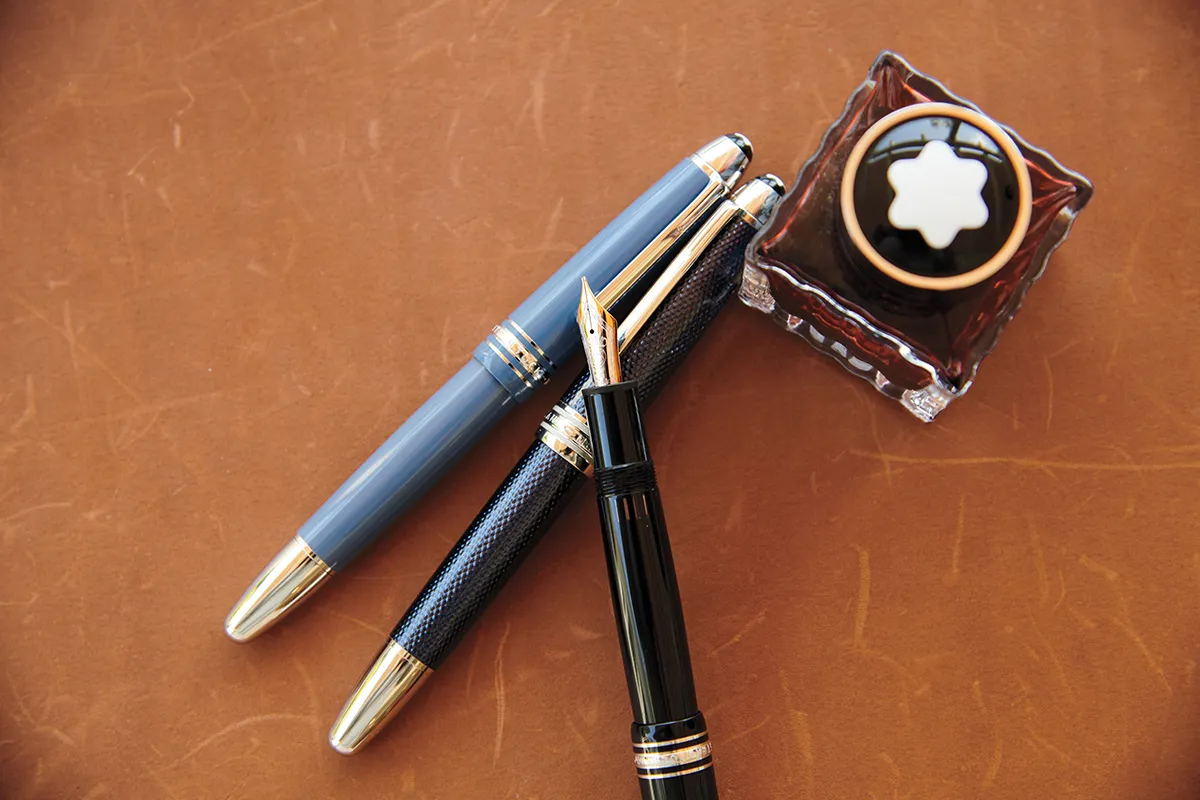
Jeff Lipsky
What in your wardrobe do you wear most often?
I’m not shy to rock a scarf any chance I can. I’m a sucker for Loro Piana. I’m headed to Africa tonight, and the family member I’m travelling with joked that I needed to pack an extra suitcase for all my scarves.
Drive or be driven?
Nothing makes me happier than being behind the wheel, but I’m now driven the majority of the time. I own a few cars, including a 1969 Icon Bronco. It’s a real head-turner. You’re driving along and people are honking and giving you thumbs-up. The car I’m driven in mostly is a [Cadillac] Escalade.

Jeff Lipsky
What’s your favourite cocktail, and how do you make it?
Year-round in Southern California: tequila with a splash of soda water and a slice of orange. Summers in Lake Como: negronis. Winters in England: elevenses with the boys. Mexico: cerveza with tobala mezcal neat.
Who is your dealer, and what do they source for you?
CJ, hailing from London and Monaco, is well on his way to becoming the biggest contemporary-art dealer on the planet, and I find myself heavily following his lead on blue-chip artists.
What’s the most recent thing you’ve added to your collection?
A piece by George Condo, Mr. & Mrs. Strange. You see some great artists—from Richard Prince to Damien Hirst—shift their style. This one blended an old style with a new style on the same canvas.
What’s the most recent thing you regret not buying?
More real estate in 2021, when it was better to be lucky than to be good. I had my eye on a ranch in Colorado that I passed on, and I still mourn it weekly. It’s funny, they say you spend your early adult life running away from your childhood and your later adult life running back to it.
How do you get to sleep?
I fall asleep within 30 seconds of my head hitting the pillow. I’m an early-to-bed, super-early-to-rise guy. It comes from having to get up at 3.05 am daily to work cattle in my youth.
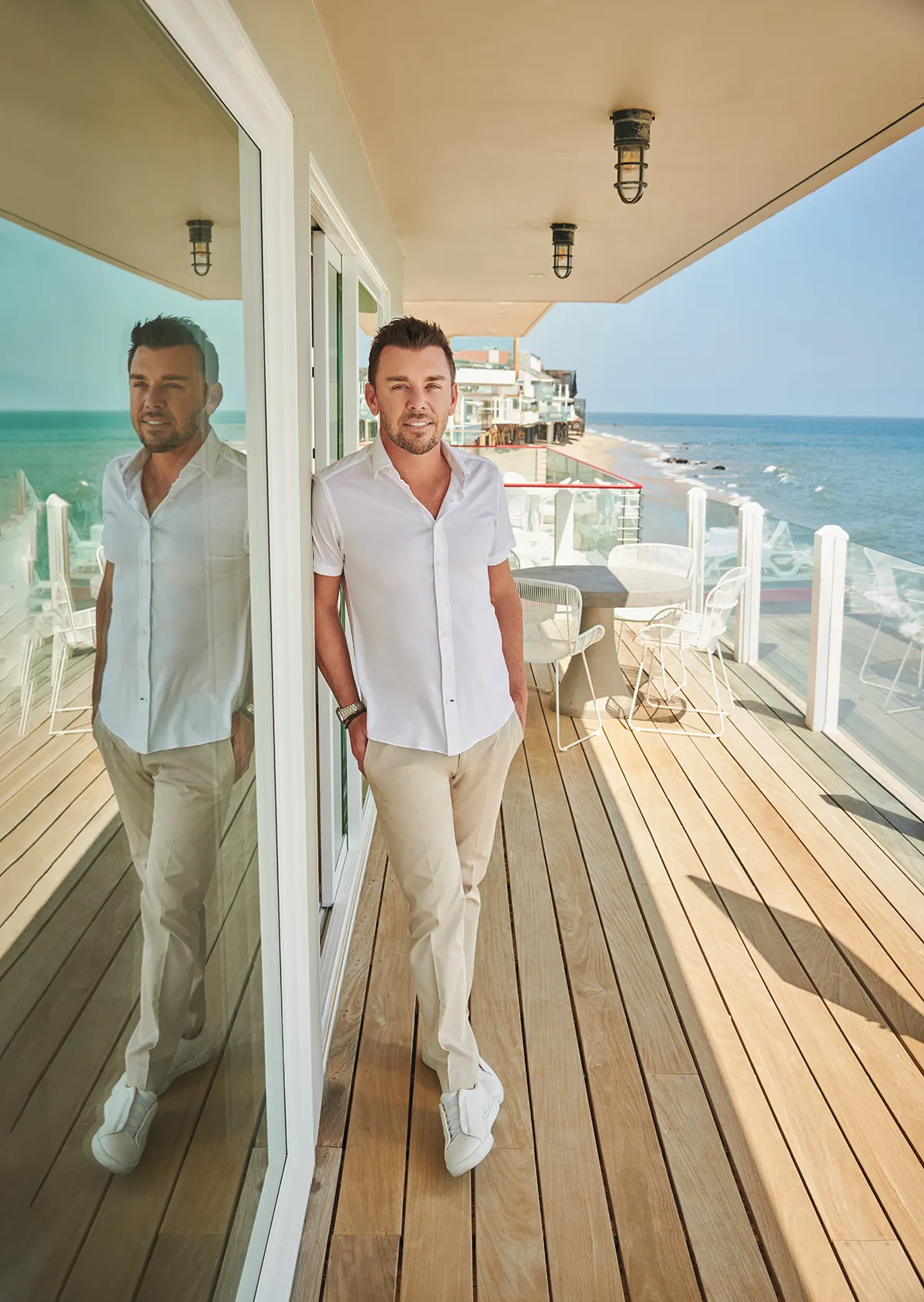
What does success look like to you?
My views of success constantly change. Having my children balanced with broad perspectives and fundamentally strong characters is top of the list.
Who is your guru?
I’ve always prided myself on not having one and carving my own way through life. However, I’ve recently had the good fortune to spend days with Guy Ritchie at Ashcombe, his estate in England. Brief moments of conversation with him have forever changed my views on life and humanity. His EQ [emotional quotient, more commonly known as emotional intelligence] is off the charts.
Are you wearing a watch?
Yes, a Patek Nautilus 5976—my favourite piece out of around 25 I own.
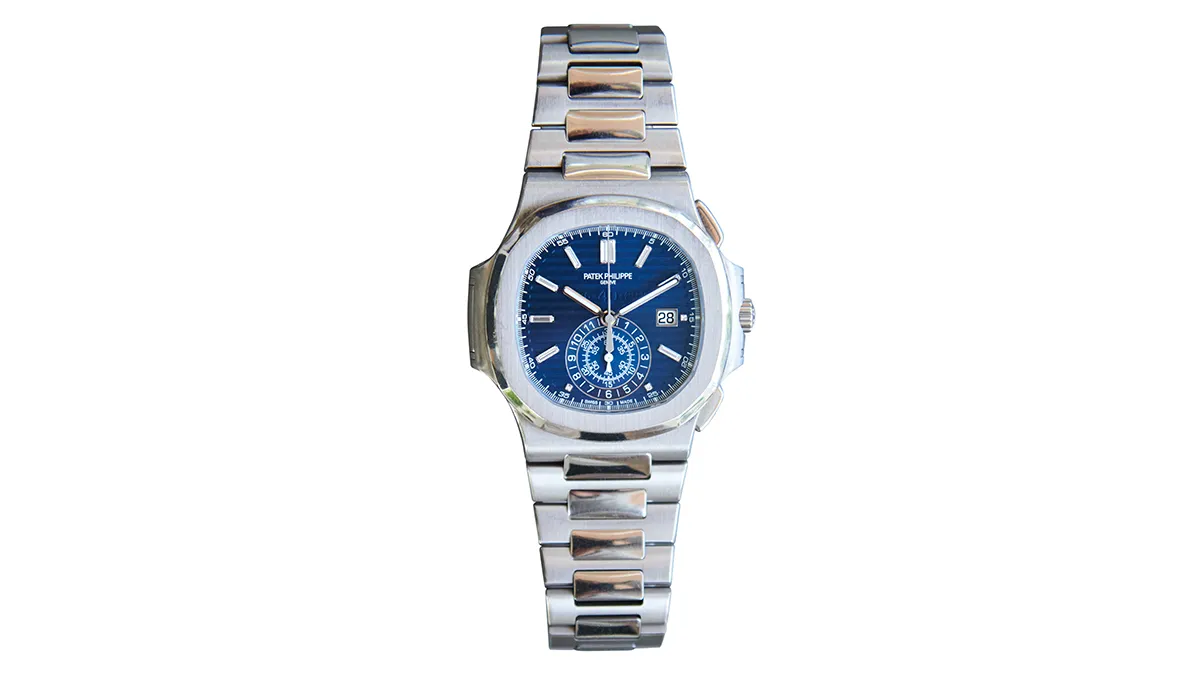
Jeff Lipsky
How would you describe your look?
Multifaceted. I love British sophistication, Italian understated elegance, American Western wear. But most importantly, I love a good tailor. Regardless of style, if it’s not fitted, it’s not right.
What’s your favourite hotel?
It’s a tie between the Mandarin Oriental in Lake Como, the Brando in French Polynesia and Claridge’s in London.
Who do you admire most in the world?
I admire those who live [in] the arena, whose faces are weathered by hard work, valiant efforts and material results. I admire anyone with grit, the nimbleness to think on their feet and a strong positive attitude.
Last piece of advice you gave?
There are three essentials in life: something to do, something to love and something to hope for. If you’re missing one, life will be out of balance.
And the last advice you were given?
Grasp the difference between jungle and zoo lions. Independence is earned, dependence is free. No one ever did anything impressive in the zoo.
What kind of music makes you happy?
From George Strait and Chris Stapleton to Maná or Luis Miguel to George Michael and ’80s pop to Motown and [Norwegian DJ] Kygo and other EDM.
You may also like.
Top Gear
Segue from supercar to sand—and beyond—with Lamborghini and Orlebar Brown’s high-performance hook-up.
Fasten your seatbelts, Automobili Lamborghini and Orlebar Brown are racing to the shore with a new swim, beach and resort collection. The dashing new capsule range comprises swim shorts, polos, resort shirts and trousers, polos, and t-shirts to take you from supercar to sand, then onto the bar or restaurant.
Each piece is a nod to the exotic colours and inspired details that the marque’s owners and fans will appreciate, including the legendary hex of Lambo exhausts and vents. Even better, the collaboration will run for three years. Which sounds like an awesome fashion road trip to us.
See more at orlebarbrown.com; lamborghinistore.com

You may also like.
Follow Your Nose
Embark on an olfactory adventure with these location-inspired scents.
At the end of a memorable visit to the Dominican Republic, Robert Gerstner decided to commission a souvenir. He’d been fascinated by the aromas of cigars being rolled and boxed during a factory tour, so he asked his friend and travelling companion, the perfumer Bertrand Duchaufour, if he could bottle the scent.
“I didn’t really think there were any great tobacco fragrances out there,” Gerstner says, and he would know. For nearly 30 years he’s run Aedes, a New York City perfume shop that offers exclusive scents, including an in-house collection called Aedes de Venustas. The newest, Café Tabac, debuted last December and is the product of Duchaufour’s efforts. It’s named for the Big Apple’s long-shuttered supermodel hangout, but the scent is redolent of the Dominican Republic’s key export.
Since then, a raft of houses have launched scents that are either directly evocative of, or otherwise inspired by, specific destinations—a trend that makes sense given our near-insatiable thirst for visiting new places. “Locations are one of the main things fragrances stir up in you,” Gerstner says.
“It just happens that you get inspired by travelling.”
Arquiste A Grove by the Sea
Lopud, Croatia
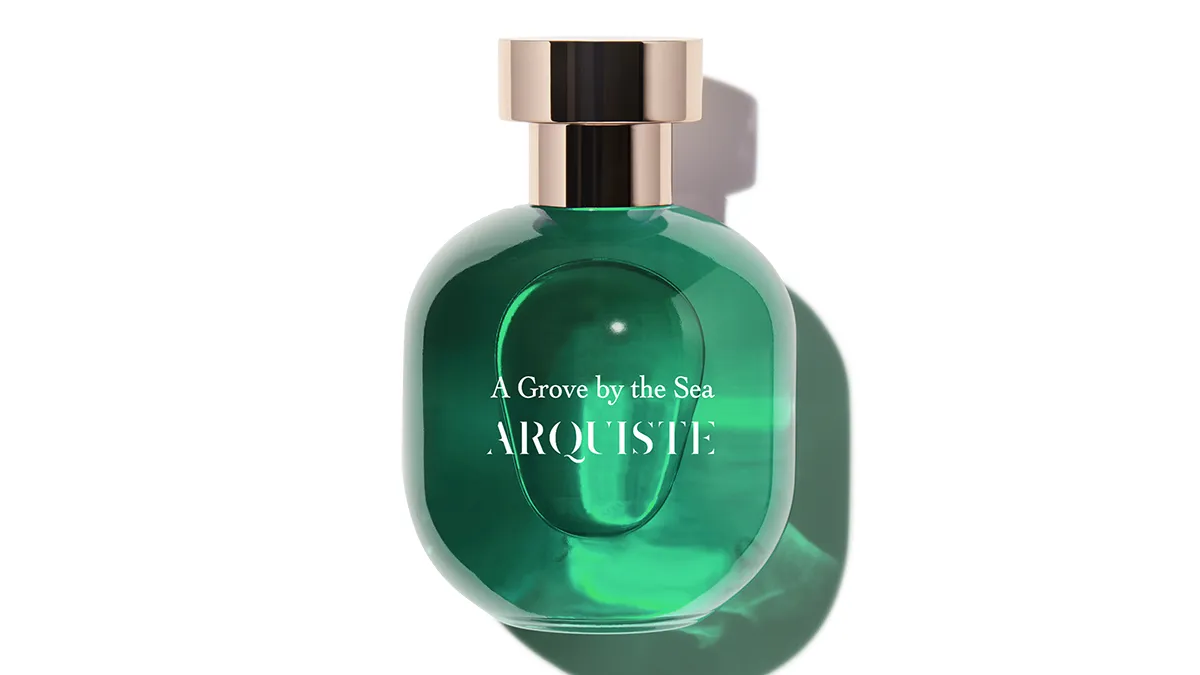
This small island in the Adriatic Sea has forests of pine, cypress and some of the tallest palms in Europe. The scent, created with perfumer Rodrigo Flores-Roux, captures the sea air that blows through their leaves and fronds to combine with the crisp aroma of locally grown thyme, rosemary and figs. Around $330 for 100 ml
Louis Vuitton Lovers
Virginia, USA
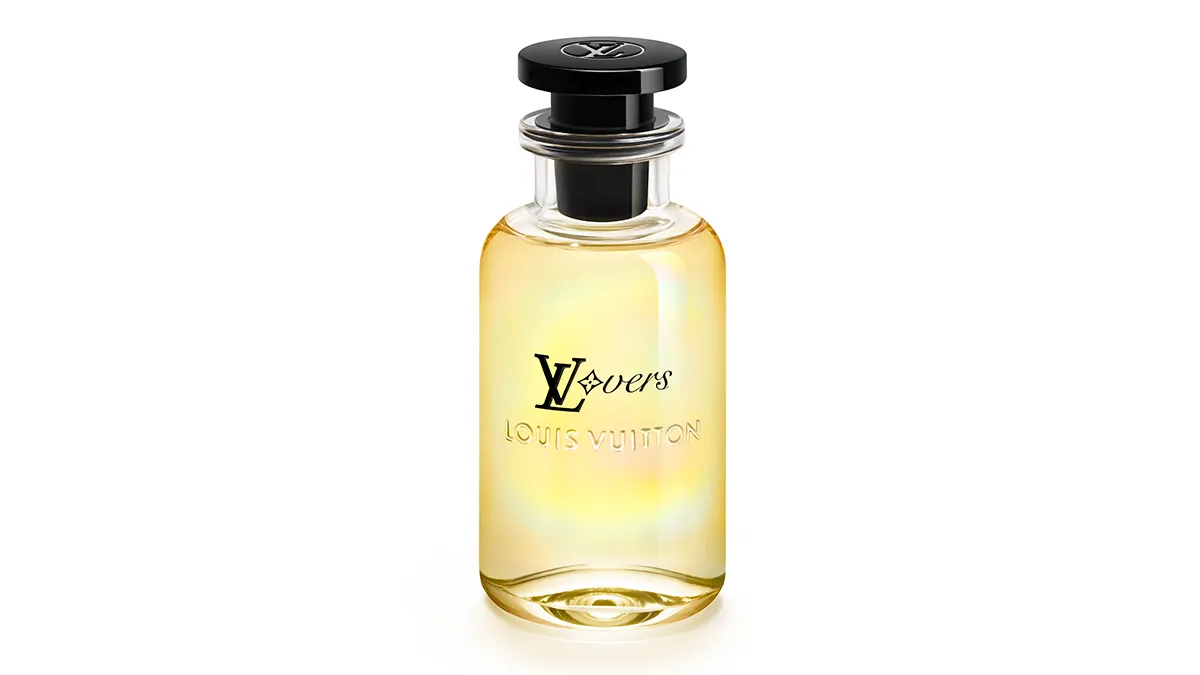
Pharrell Williams asked Vuitton’s in-house master perfumer Jacques Cavallier-Belletrud to capture the energy of sunshine. The result—named in reference to Williams’s home state, Virginia (which, they say, is for lovers)—is a bright, lively blend of galbanum, cedarwood, sandalwood and ginger. $535 for 100 ml
Perfumehead La La Love
Los Angeles, USA
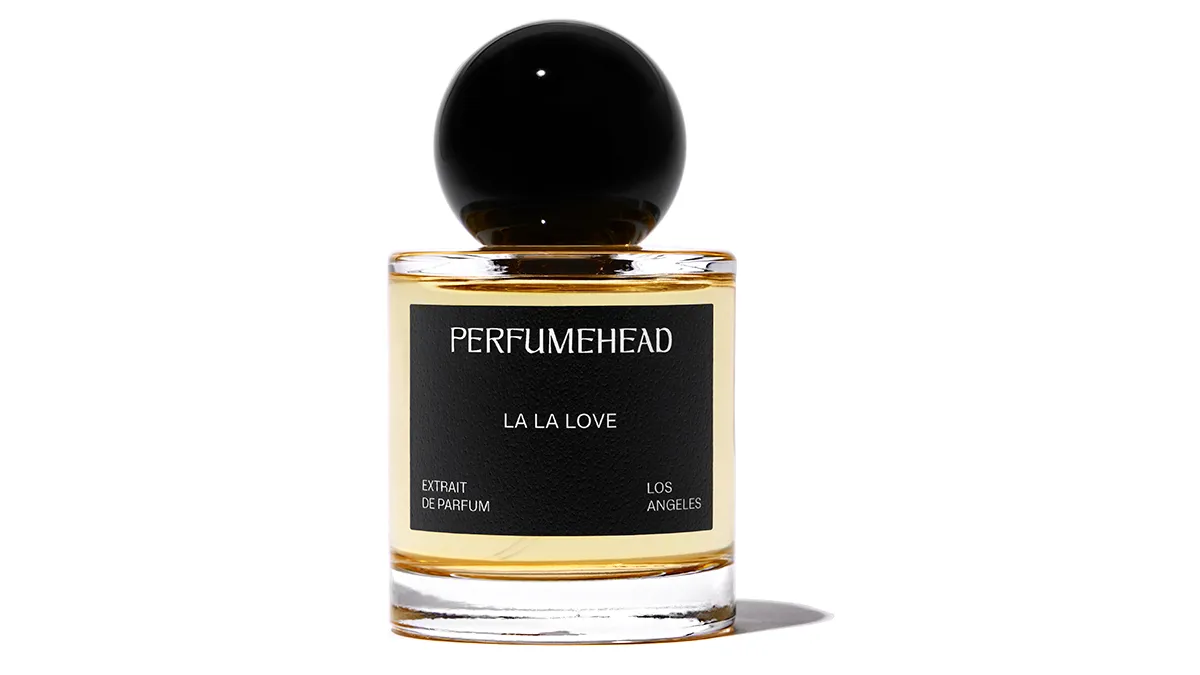
Consider this an olfactory ode to the City of Angels creatives who work as hard as they play. Perfumer Constance Georges-Picot’s gourmand concoction smells like a cocktail you could easily have one
too many of, with boozy Cognac notes mixing it up with vanilla absolute, incense, sandalwood and musk. Around $645 for 50 ml
Memo Paris Cappadocia
Cappadocia, Turkey
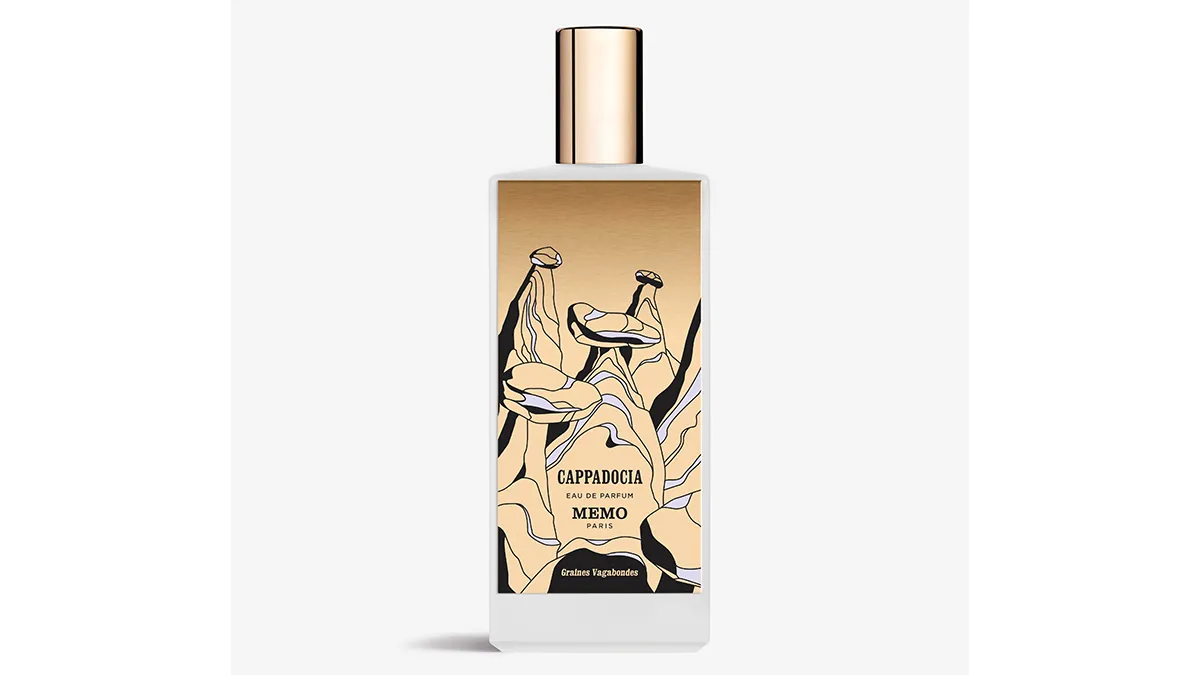
Turkey is among the world’s foremost saffron producers, and the spice’s earthy, tea-like scent takes centre stage in this effort by nose Gaël Montero. He balanced it with sandalwood, benzoin, myrrh and jasmine to create a warming scent that’s perfect for the cooler months but still works all year. $460 for 75 ml
Krigler Lindauer Löwe 08
Lindau, Germany
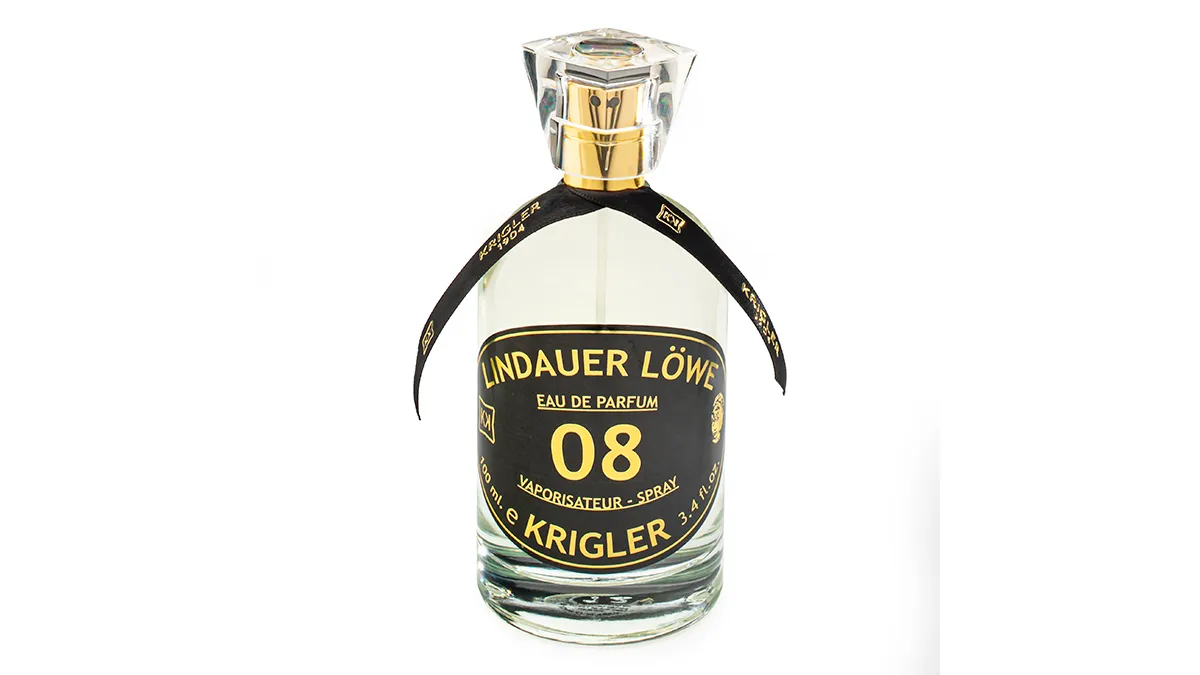
Bavaria’s answer to Capri, Lindau is a colourful island-resort town on the eastern edge of Lake Constance. Perfumer Albert Krigler loved it here so much that he dedicated a scent to the destination in 1908. His great-grandson Ben recently re-released the juice—a combination of green tea, geranium, amber and cedarwood—just this June. Around $960 for 100 ml
ILLUSTRATIONS BY Peter Oumanski
You may also like.
First Among Equals
Women are an emerging force in the watch-buying market, but their influence hasn’t been reflected at executive level—until now. The She-suite are coming.
In an era when fierce online conflicts against total strangers are normalised, where the posting of a cat meme on Instagram can spark World War III, it should come as no surprise that the modern horological battleground is equally heated—especially the moment conversations around gender enter the fray. Should women wear men’s watches? Why are brands bothering to make unisex timepieces? What’s the correct wrist-to-watch ration on a lady? Do women even like watches? At any given time, all these questions and more are bandied around social media and internet forums of varying degrees of sageness. Australian women may have secured suffrage over 100 years ago, but their right to adorn their wrists with anything they see fit is clearly not sacrosanct.
What’s not up for debate, however, is that an increasing number of women continue to enter the global space as enthusiasts, collectors and buyers, undeterred by the surrounding noise. Global market research firm Allied Market Research estimates that by 2027, the women’s watch segment will be worth around $39.6 billion. And according to the watch platform Chrono24, the proportion of women who bought luxury watches of at least 40 mm in diameter—around the starting size point for a typical men’s timepiece—grew from 21 percent to 35 percent between 2019 and 2023.
Granted, numbers of this magnitude have piqued the interest of most major brands. But behind the gleaming boutique facades and slick advertising campaigns there remains a dearth of women in senior leadership positions. CPIH, a group that represents the interests of the Swiss watch industry, reports that only 17 percent of the top horology jobs are held by women.

“At the top of the pyramid, in the C-suite, we’re very few,” confirms Coralie Charriol, chairman and CEO of Charriol, the Geneva-based watch company started by her father Philippe Charriol in 1983. “There’s long been women in the manufacturing, marketing and sales sides. They’re just not at the top.”
“Being the boss is freakin’ hard” she continues. “You’re the decision maker. And I’ve made the decision to model my watches off of myself in the sense that I am trying to design for an active woman, a woman who has multiple roles in her life… of course there are many, many different kinds of women. You can’t design for everyone, but you hope that what you’re creating and your message is going to reach many people as possible.”
It’s no secret that throughout watchmaking history, male executives made and marketed timepieces that largely mirrored themselves in taste, and perhaps, appearance. But, as the watch segment enters a period of unprecedented growth—a report this year by Business Research Insights puts the industry’s market size at just over $200 billion by 2031—there are green shoots of hope that a more progressive outlook will spread across executive leadership, brand partnerships and marketing efforts.
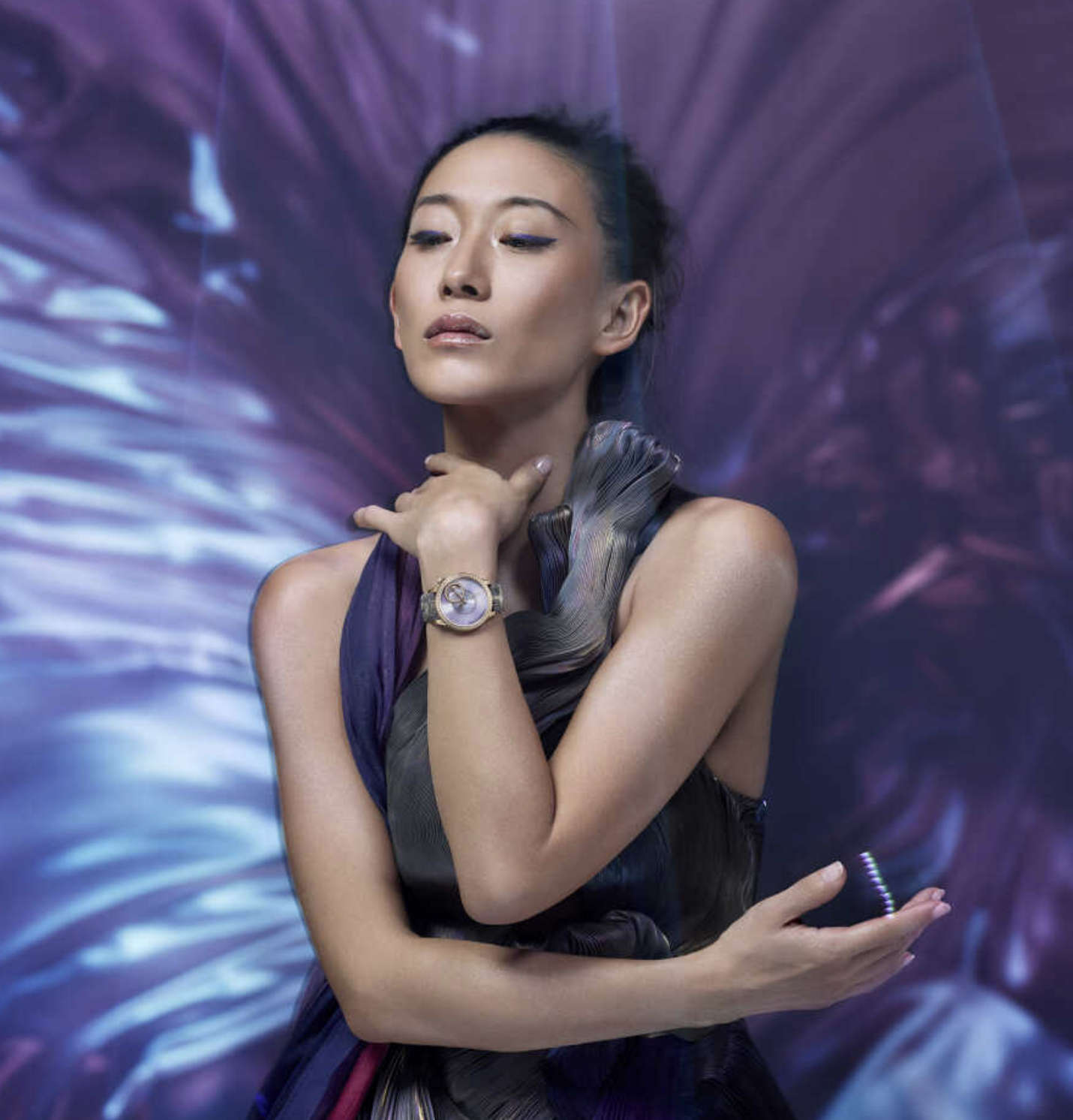
Take this year’s Watches & Wonders exhibition in Geneva, where one of the most talked-about novelties was Vacheron Constantin’s Égérie Pleats of Time concept watch. A collaboration with Yiqing Yin, a Paris-based female haute couturier and brand ambassador, the timepiece included a perfume-infused strap woven with mother-of-pearl shards. Alexandra Vogler, CMO of Vacheron Constantin, previously worked in the fragrance industry. “Merging culture and art and high watchmaking, this is very interesting,” she told Robb Report at the Swiss conference. “For me, these emotional dots I connected, I did so across three teams because I know when mixing creatives that’s how you get to birth new ideas.”

In Vogler’s roughly two years as CMO, she’s rebuilt the brand’s portfolio and announced a collaboration with the Metropolitan Museum of Art. The three-year agreement will support various educational initiatives and bespoke collaborations, including the creation of Vacheron Constantin timepieces inspired by artworks from The Met collection.
A few booths away stood Jaeger-LeCoultre’s CEO Catherine Rénier, who’d recently commissioned two-Michelin-star chef Himanshu Saini to create the Precision Atelier, a gastronomic experience that delves into the science of ingredients. Rénier, who since our chat has been tapped to be Van Cleef and Arpels’ new boss, remarked: “Watchmaking is a very niche, initiated world. So we open up this world to a larger audience through another field that will showcase similar values. And then of course, the artistic dimension is important because we do feel that more and more that the relationship to your timepiece is the same as a piece of art.”

By incorporating voices from the spheres of fashion, culinary and fragrance—different domains, sure, but with shared values like precision, beauty and expertise—more varied connections to watch brands are formed beyond customers strictly interested in horology, who historically have skewed male. “I believe that you cannot talk to women the same way you talk to men about watches,” insists Coralie Charriol. “They respond to different touchpoints.”
This formula has already begun producing dividends. In February, the six variations of the Chronomat collection from Victoria Beckham for Breitling debuted, complementing the British designer’s spring/summer 2024 collection. A month earlier at Paris Fashion Week, couturier Tamara Ralph dressed her models in a limited-edition Audemars Piguet Royal Oak Concept Flying Tourbillon. Quite a way for Ilaria Resta, the marque’s incoming CEO, to make a statement. (It’s worth noting, too, that Resta joins Ginny Wright, CEO of Audemars Piguet Americas, in the C-suite of the Swiss company)
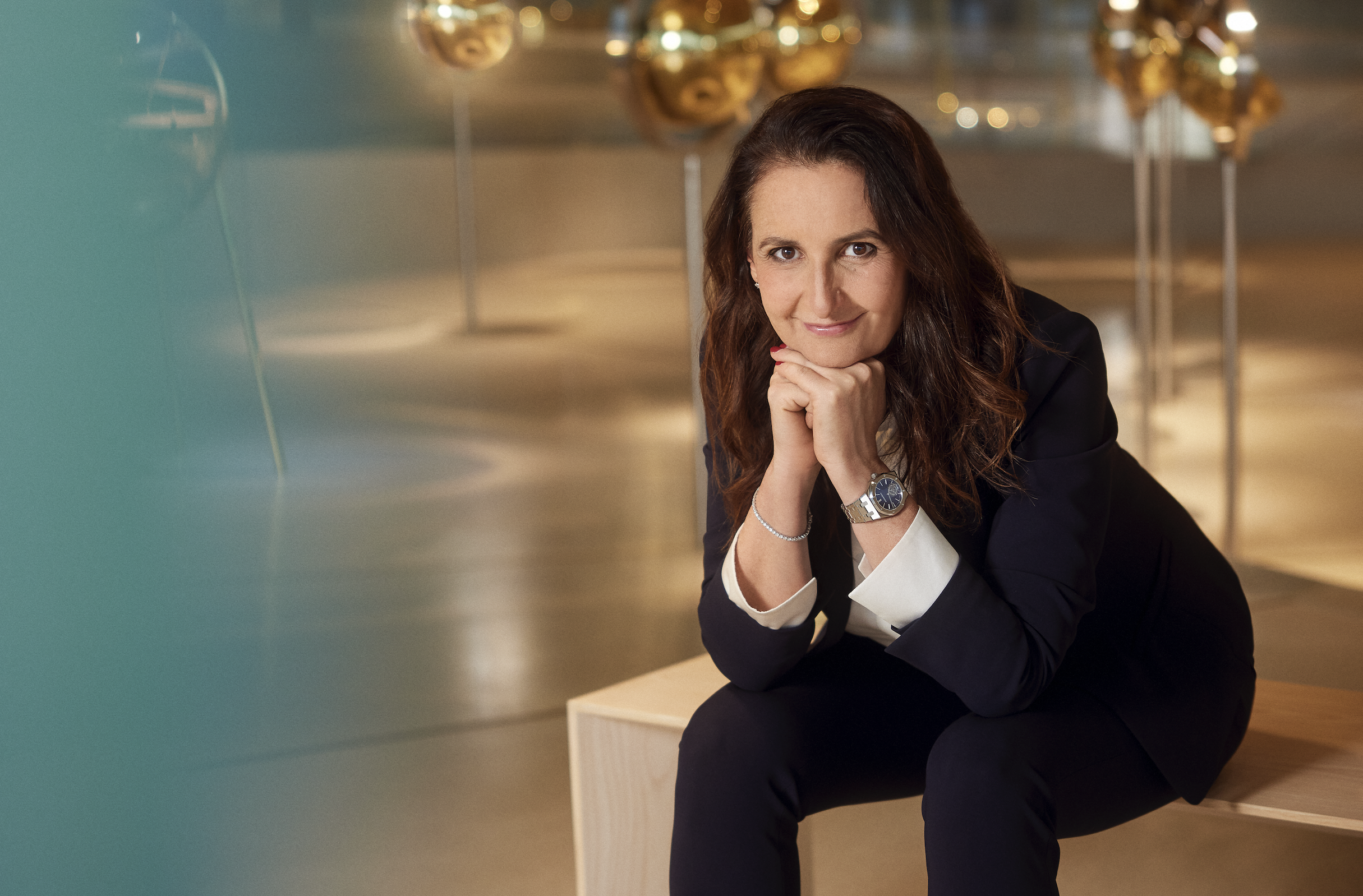
While fashion and fragrance are proving to be useful conduits for attracting more diverse audiences, female collectors are also expressing interest in more intricate timepieces.
“We have the opportunity to be in touch with more and more women and we are listening to what they want,” Resta told online magazine Revolution Watch in March (though, for the record, she declined an interview with Robb Reportfor this story). “There is a demand for complicated watches for women. The complications for women don’t necessarily have to be the same as those for men. I’ll give you an example. The Starwheel is an amazing watch that is very much loved by women. But at the moment, it only comes in a 41 mm diameter case. It is very appealing to women as a poetic representation of time and as a design statement, so of course we need to look into this.”
Female collectors throughout history, according to Vacheron Constantin’s Alexandra Vogler, have been rich veins of inspiration; in the 19th century, 30 percent of the letters received by the manufacture came from women. “We’ve had specific requests from our female clients for a rotating bezel, winding mechanisms. We have evidence in our archives demonstrating that women’s requests pushed the boundaries of innovation.”
Indeed, the history books show that women played a pivotal role in the development of modern timekeeping; it’s believed the first wristwatch was made for England’s Queen Elizabeth I in the 16th century, while in 1810, Caroline Bonaparte, the Queen of Naples, commissioned Louis Breguet to create a piece especially for her.
Perhaps, internet trolls, women are the original watch bosses after all.
You may also like.
18/10/2024
The Art of Cartier
The Cartier Maison des Métiers d’art plays a pivotal role in preserving Cartier’s most special bodies of expertise.
Cartier is a brand synonymous with lavish city living. Yet despite its swathe of multi-storey monuments to all things brilliant, it’s a rather unassuming Maison, set amidst the rolling green fields of La Chaux-de-Fond, where the house’s most special brand of magic is woven.
Seasoned connoisseurs of fine watches and jewellery are now well familiar with the works of the Cartier Maison Métiers d’art —a special workshop set up by Cartier in late 2014 to serve as a temple of traditional craftsmanship. Home to a host of artisans, many of whom have been working for Cartier for years, it has since become the de facto birthplace for Cartier’s most limited and special creations, bridging the space between haute jewellery and high horology while providing a unique ecosystem where one can influence the other.
Now a decade into its significant life, the Cartier Maison des Métiers d’art is celebrating ten years of growth and evolution. It has transformed from a special preserve for a once-threatened generation of artisans into a place where a new set of pioneering artists and craftspeople can emerge and thrive.

As guests and visitors look on, metalworkers and enamel artists create exquisite works of art using techniques and traditions once on the verge of extinction while innovative and experimenting with their own. Precious metal workers use granulation and filigree, techniques that date back to well before the start of the common era, to create one-of-a-kind reliefs.
Elsewhere, composers, engravers, and master setters experiment across experimental and traditional realms, working with everything from the most precious gems to simple stone, wood, and straw to produce pieces that, regardless of their composition, push the brand’s boundaries of creativity and attention to detail. A typical piece by the Cartier Maison des Métiers d’art takes hundreds of hours to produce.
In a world of luxury often defined by sales figures and splashy celebrity endorsements, the artistic merits of a house like Cartier can sometimes be in danger of getting lost among the noise. However, in this revered Maison, one is reminded of the craftsmanship and creativity that sets some institutions apart from the rest.
You may also like.
18/10/2024






